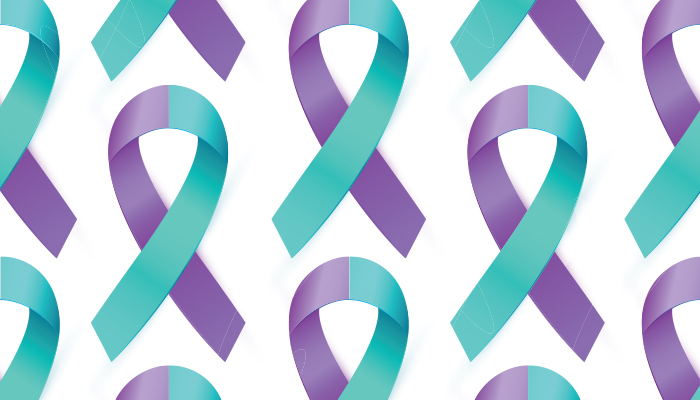Register now and start:
- Accessing PAR Training
- Shopping PAR products & tools
- Using online assessments with PARiConnect

Notice: PAR will close at 4:00 PM EST on Tuesday, December 23rd in observance of the Christmas holiday. Orders placed after 4:00 PM EST on the 23rd, will ship on Friday, December 26th when PAR re-opens at 8:00 AM EST. We wish everyone celebrating a joyful holiday season!

Suicide is a major mental health concern that devastates lives and causes unimaginable pain. Its impact devastates individuals, families, and communities. Suicide rates have been rising globally, yet it is a complex and multifaceted issue. Suicide Prevention Awareness Month, honored each September, holds significant importance in bringing attention to this public health concern.
According to the World Health Organization, more than 700,000 people die by suicide every year, making it the second leading cause of death among young people ages 15 to 29 years old. According to the most recent numbers from the Centers for Disease Control and Prevention, there has been a 37% increase in suicide rates over the past two decades in the United States. And certain populations are at a higher risk according to the National Alliance on Mental Illness, the annual prevalence of serious thoughts of suicide are evident in 45% of LGBTQ youth. Individuals in the LGBTQ community, as well as veterans and members of Indigenous communities face unique challenges that contribute to their increased vulnerability to suicide.
Some key facts on suicide from the National Alliance of Mental Illness (NAMI) include:
Suicide Prevention Awareness Month plays a vital role in challenging the stigma surrounding suicide and mental health. By fostering open conversations and promoting awareness, mental health professionals can create a supportive environment where individuals feel comfortable seeking help. Awareness initiatives also aim to educate the public to more easily recognize warning signs and encourage intervention.
In the realm of mental and public health, suicide stands as a formidable adversary that demands our immediate attention. Suicide is a topic that many people do not feel comfortable addressing, even if they sense someone may be struggling. Here are five ways you can promote awareness and engage in honest and public conversations about suicide:
Suicide Prevention Awareness Month serves as a crucial reminder of the importance of addressing suicide as a public health issue. It is essential to raise awareness, promote understanding, and facilitate early intervention. By collaborating with communities, schools, and other organizations, we can collectively work toward reducing the stigma surrounding mental health and providing support to those in need.
American Foundation for Suicide Prevention